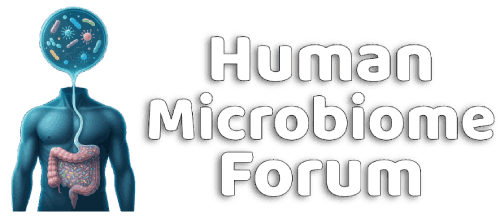https://www.theguardian.com/us-news/2025/apr/17/toothpaste-lead-heavy-metals
About 90% of toothpastes contained lead, 65% contained arsenic, just under half contained mercury, and one-third had cadmium. Many brands contain a number of the toxins.
The thresholds have been roundly criticized by public health advocates for not being protective – no level of exposure to lead is safe, the federal government has found.
The federal Baby Food Safety Act of 2024, which is stalled in Congress, calls for lead limits in kids’ food of 10 ppb. California’s limit on lead in baby food is six ppb, but neither includes toothpaste.
Most toothpastes exceeded those thresholds.
The FDA’s current lead limit for fluoride-free toothpastes is 10,000 ppb, and 20,000 ppb for fluoride toothpastes. None exceeded the FDA limits.
The state of Washington recently enacted a law with 1,000 ppb limits
The article is misleading as this isn't research, but just someone doing some lab tests. But the results are still interesting.Rubin said the contamination seems to lie in some ingredients added to toothpaste, including hydroxyapatite, calcium carbonate and bentonite clay. Hydroxyapatite is extracted from cow bone and added because it allegedly helps teeth absorb calcium, though Rubin said she doubts it does. Calcium carbonate is added to help remove stains from teeth. Bentonite clay is a cleaning agent.
Those with the highest levels all had bentonite clay. Meanwhile, Rubin’s testing of hydroxyapatite and calcium carbonate as individual ingredients showed concerning levels of lead and other metals, suggesting those are the source.
- Format correct?
- Yes
